Exploring Urban Gardening: Tips for Growing Your Own Food in the City
In the concrete jungle that is our modern cityscapes, finding a slice of greenery often feels like a luxury. Yet, within the confines of urban landscapes, a vibrant movement has taken root – urban gardening. It's not just about planting pretty flowers in window boxes or decorative shrubs in pots anymore. It's about growing your own food right in the heart of the city. Welcome to the fascinating world of Exploring Urban Gardening: Tips for Growing Your Own Food in the City.
Defining Urban Gardening: More Than Just a Trend
Urban gardening is more than just a passing trend; it's a conscious effort to reconnect with nature and reclaim our food sources in an increasingly urbanized world. It's about transforming neglected spaces – rooftops, balconies, vacant lots, and even vertical walls – into productive green zones. It's about fostering a sense of community, promoting sustainability, and enhancing food security.
Key Aspects of Urban Gardening
1. Space Optimization:
In cities where space is at a premium, urban gardeners have become masters of optimization. From vertical gardens to hydroponic systems, they utilize every available inch creatively. Take, for instance, the High Line in New York City, where an old elevated rail line was transformed into a lush garden walkway, providing both green space and urban agriculture opportunities.
2. Sustainable Practices:
Urban gardening emphasizes sustainable practices such as composting, rainwater harvesting, and organic gardening methods. By minimizing reliance on chemical fertilizers and pesticides, urban gardeners not only produce healthier food but also contribute to the overall environmental health of the city.
3. Community Engagement:
One of the most beautiful aspects of urban gardening is its ability to bring people together. Community gardens serve as hubs for social interaction, education, and skill-sharing. They provide a space for people of all ages and backgrounds to connect over a shared love for gardening and healthy food.
4. Food Security:
In an era marked by global food crises and supply chain disruptions, urban gardening offers a tangible solution. By growing food locally, urbanites reduce their dependence on imported produce and strengthen the resilience of their communities against food shortages.
The Relevance of Urban Gardening Today
In today's world, where the effects of climate change are becoming increasingly evident, and concerns about food security are on the rise, urban gardening has never been more relevant. It empowers individuals to take control of their food production, promotes environmental stewardship, and fosters a sense of self-reliance.
But beyond its practical benefits, urban gardening also offers profound psychological and emotional rewards. There's something inherently therapeutic about getting your hands dirty in the soil, watching seeds sprout into vibrant plants, and harvesting the fruits of your labor. In the midst of the hustle and bustle of city life, it provides a much-needed respite, a chance to slow down and reconnect with the rhythms of nature.
Anecdotes and Examples: Stories from the Urban Garden
Let me share with you a couple of stories that highlight the transformative power of urban gardening:
1. The Rooftop Revolution:
In downtown Chicago, a group of passionate urban gardeners turned an abandoned rooftop into a thriving oasis. What started as a small experiment with a few pots of herbs soon blossomed into a full-fledged rooftop farm, supplying fresh produce to local restaurants and residents alike. Today, their rooftop garden serves as a model of urban agriculture innovation, inspiring similar projects across the city.
2. From Concrete to Cornfields:
In the heart of Tokyo, where green space is scarce, a group of enterprising citizens launched the "Tokyo Urban Farming Project." They transformed vacant lots and forgotten alleyways into vibrant urban farms, producing everything from leafy greens to heirloom tomatoes. What began as a grassroots movement has now grown into a city-wide initiative, with hundreds of urban farms dotting the Tokyo landscape.
Conclusion: Cultivating a Greener Future
As we navigate the complexities of urban living, urban gardening offers a beacon of hope – a reminder that even in the most unlikely places, life finds a way. It's about more than just growing food; it's about nurturing communities, fostering resilience, and embracing our innate connection to the natural world.
So, whether you're a seasoned gardener or a curious novice, I encourage you to explore the world of urban gardening. Start small – with a few pots on your balcony or a plot in a community garden – and watch as your little green oasis grows. Who knows? You might just discover a newfound passion and a deeper appreciation for the wonders of urban nature.
In the end, urban gardening is not just about what we grow; it's about the seeds of change we plant – in our cities, our communities, and our hearts. So, let's roll up our sleeves, dig in the dirt, and together, cultivate a greener, more sustainable future for generations to come.
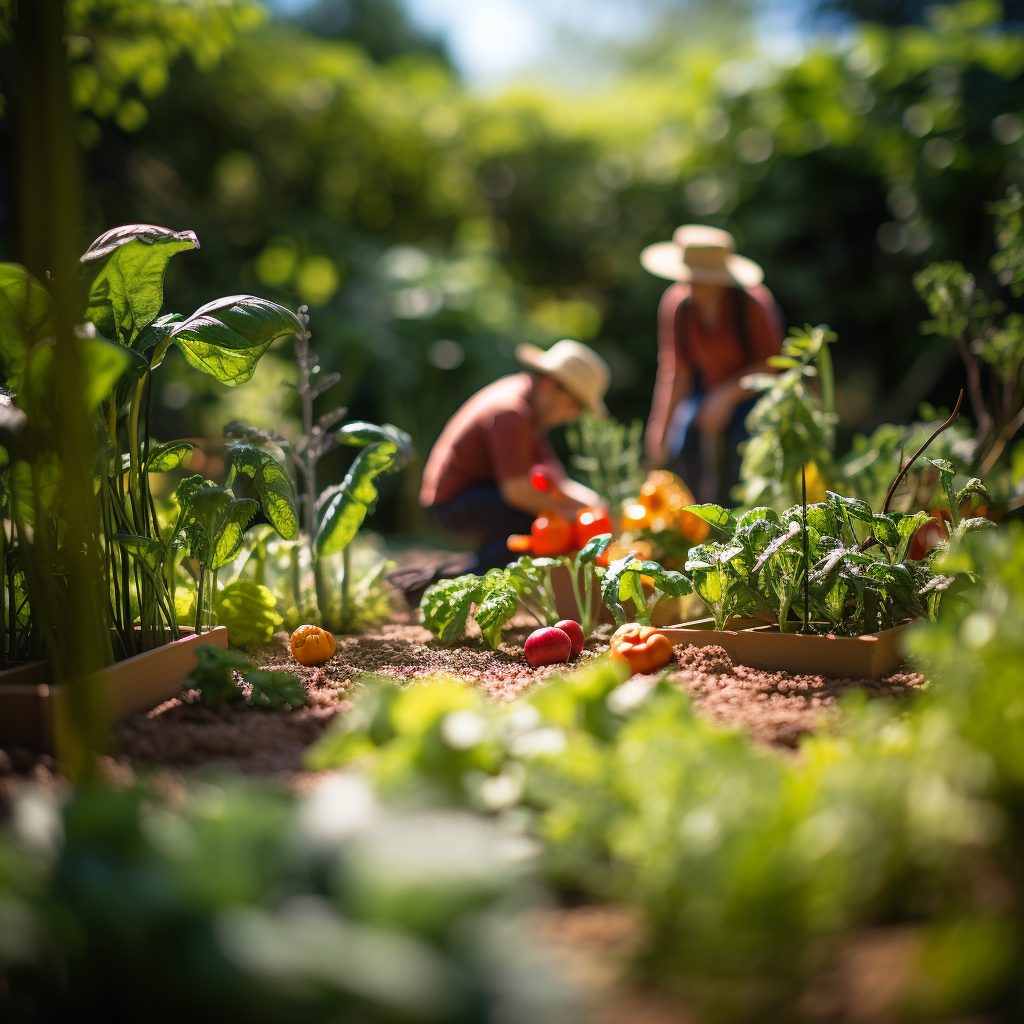
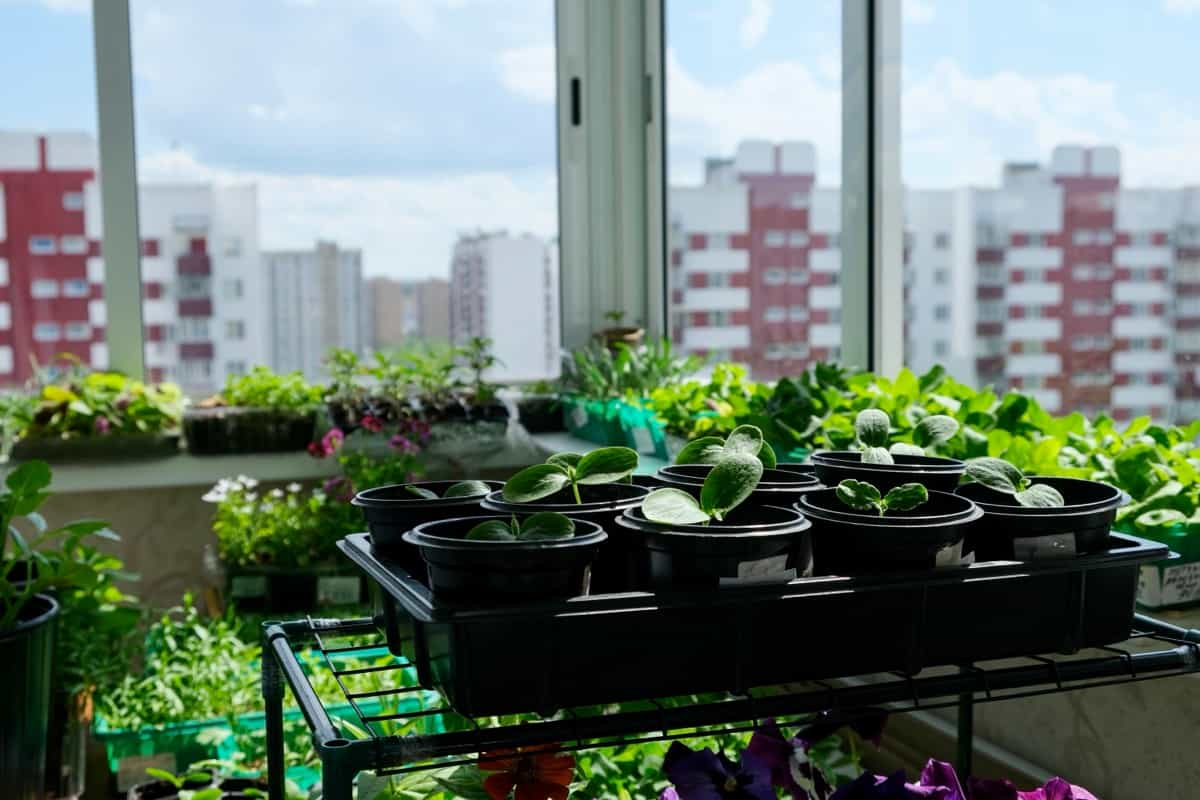
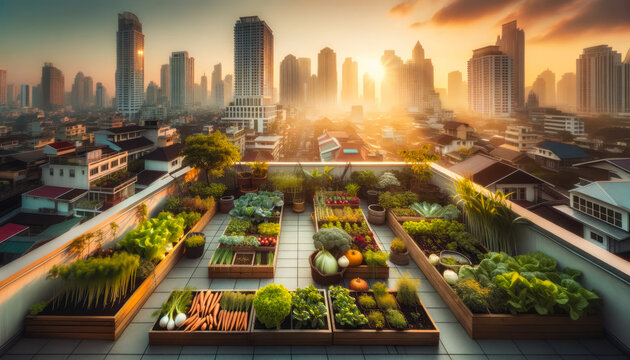


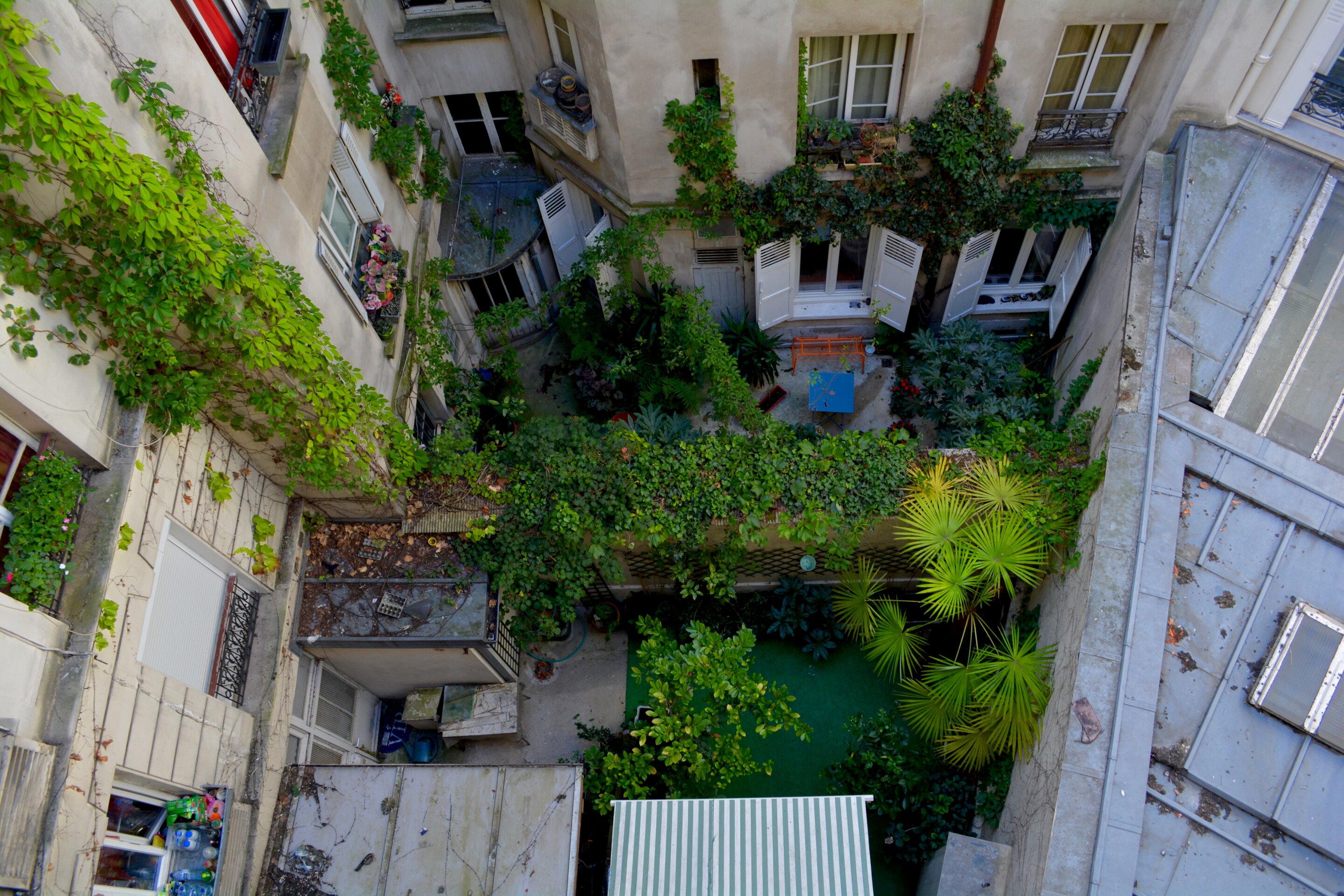

Comments
Post a Comment